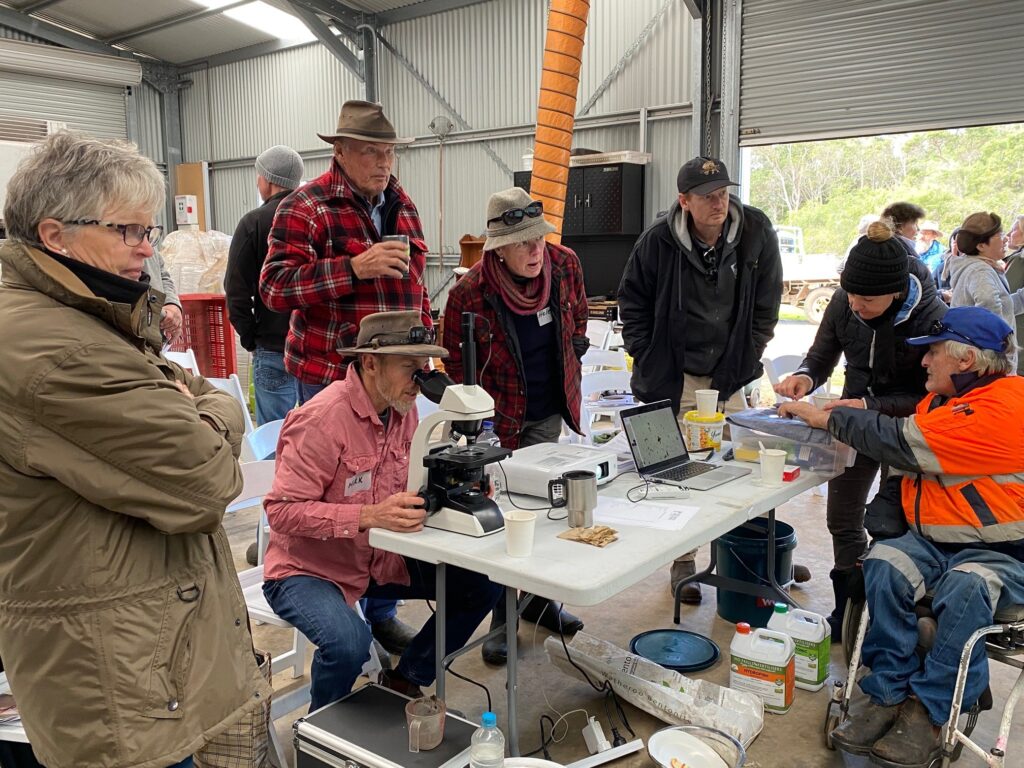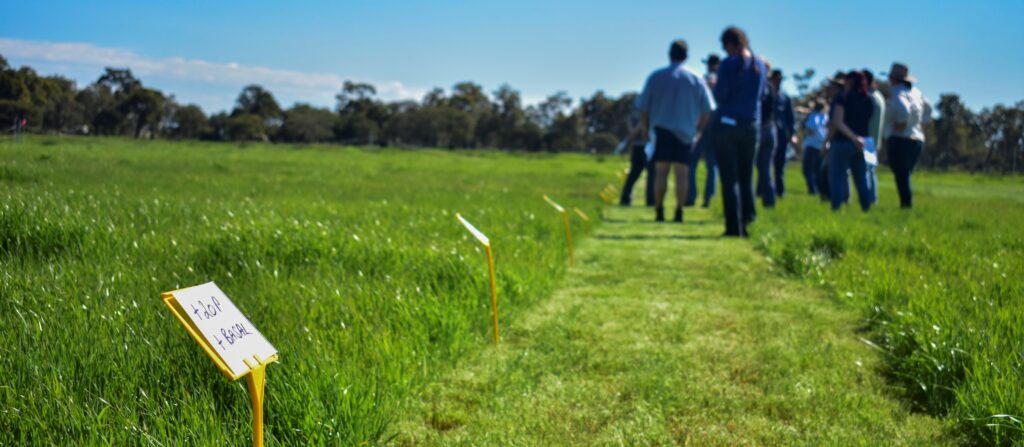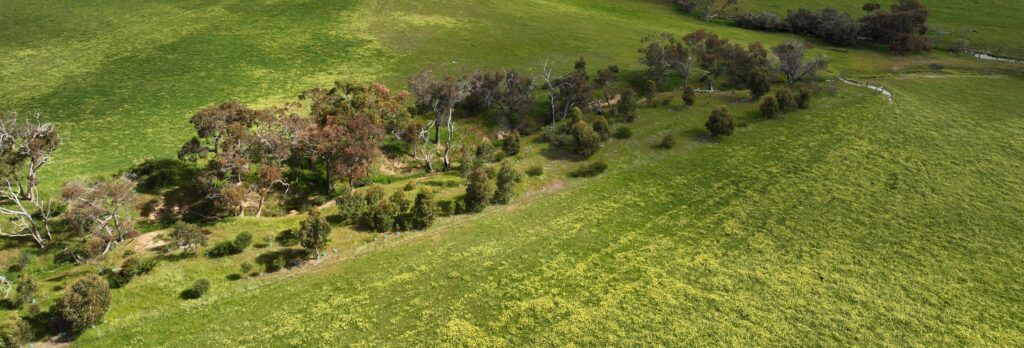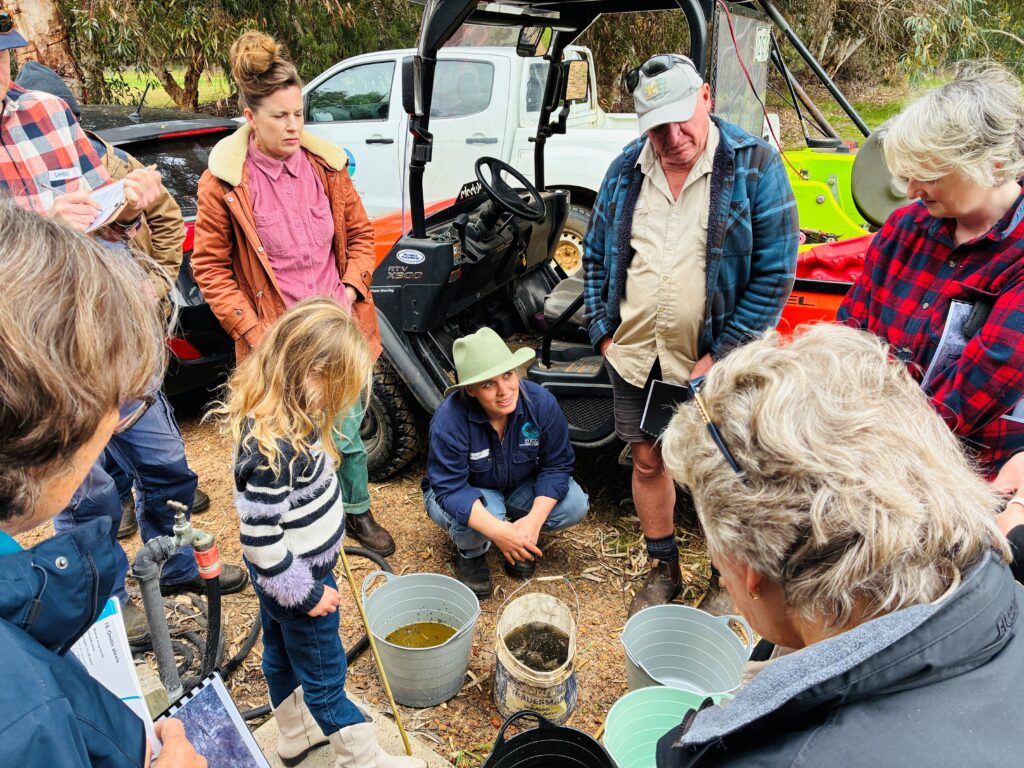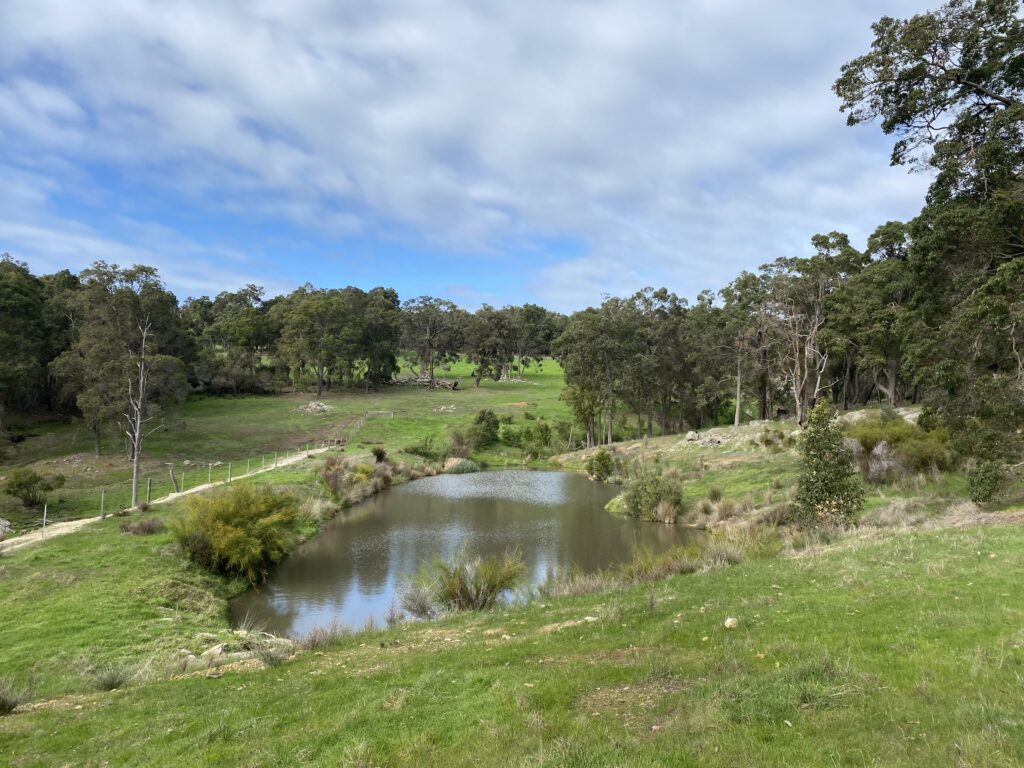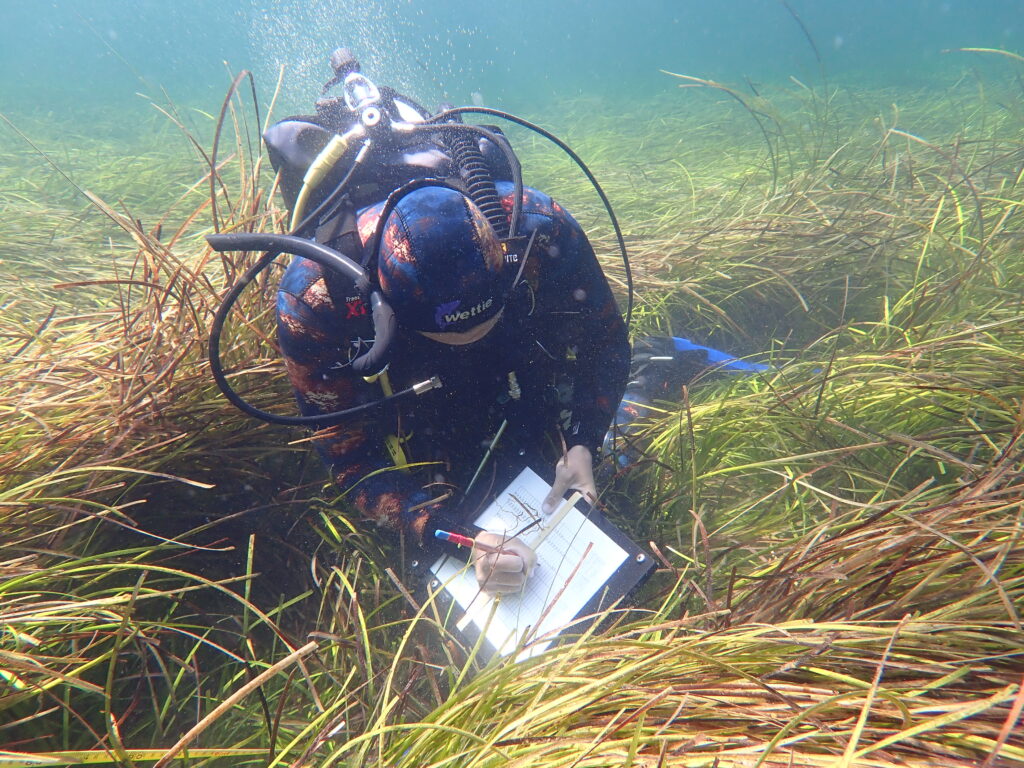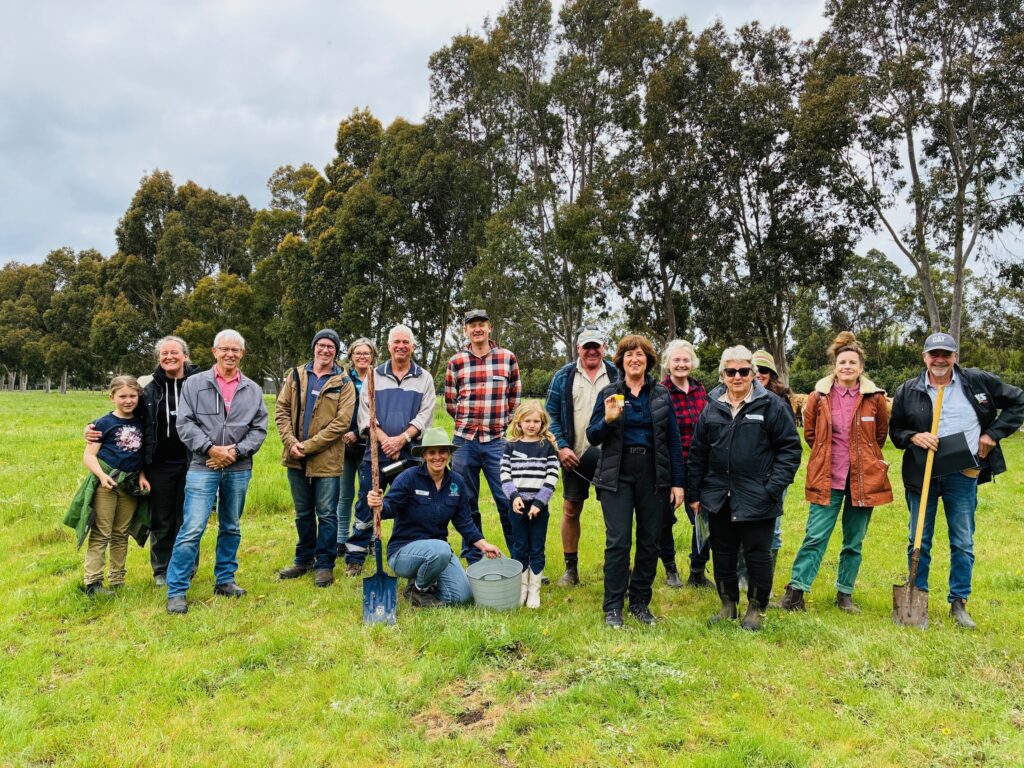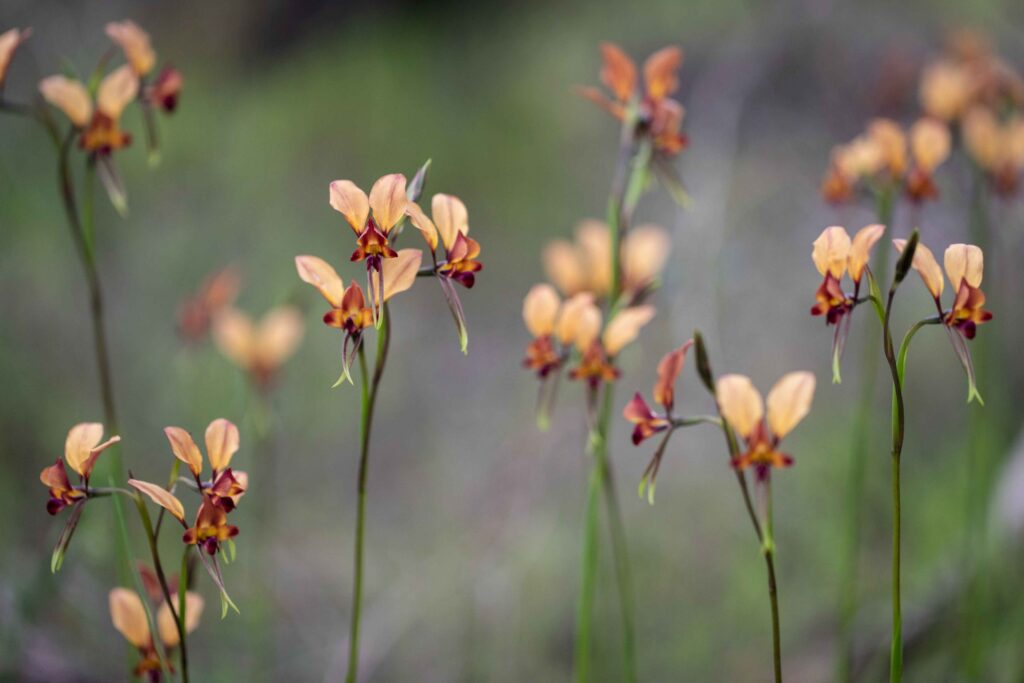Adopt farming practices That stand the test of time
Sustainable Agriculture
Working together, Stronger
Farming Sustainably in the Catchment
Geographe Bay is surrounded by productive, agricultural land that is dominated by dairy, beef and sheep grazing, and it is no surprise that agriculture is the biggest land use in the Geographe Catchment. Close to a quarter of WA’s dairy farms are located here, making it an important local and state industry.
Viticulture has also expanded in the western part of the catchment, while intensive horticulture such as potato growing and avocados continues to grow.
Management of soils are key to sustainable agriculture, particularly in the free-draining, sandy soils on the Swan Coastal Plain, which can present a number of challenges to both farmers and local waterways. Reducing nutrients leaving farms by improving fertiliser and dairy effluent management is an important component of sustainable agriculture and a major opportunity to improve water quality and support biodiversity on farming enterprises in our Catchment.
GeoCatch works with farmers to adopt sustainable farming practices, with the aim to increase the productivity, profitability of their farming enterprises. Activities include:
- Revegetation and weed management along creeks and waterways
- Fencing to exclude stock from creeks and waterways
- Soil testing to determine soil nutrient needs
- Tissue testing to see how nutrients are taken up by pasture
- Matching fertiliser and liming programs with soil test results
- Development of personalised nutrient farm plans
- Farm landscape hydrology to re-hydrate the landscape
- Building paddock soil health through regenerative practices
Our Sustainable Agriculture Projects
Discover the many ways you can farm more efficiently and sustainably
Share. Learn. Support.
Staying connected
Farming can be isolating, however there are many ways you can connect with scientists, catchment groups, agronomists and other farmers. Whether you are up to speed on the latest technology and social media, or prefer a good chat, we can help!
- Sign up for our sustainable agriculture newsletter, Kicking the Dirt, for the latest news and events
- Follow us on Facebook or Instagram
- Email us with a project idea
- Call us for a chat
We’ve also developed a range of video resources to support farmers to manage the land, which you can find on our Sustainable Farming Video Page.
